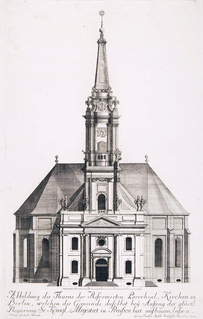This article needs additional citations for verification .(February 2015) (Learn how and when to remove this template message) |
| |||
|---|---|---|---|
The year 1866 in architecture involved some significant events.
This article needs additional citations for verification .(February 2015) (Learn how and when to remove this template message) |
| |||
|---|---|---|---|
The year 1866 in architecture involved some significant events.

The year 1933 in architecture involved some significant architectural events and new buildings.
The year 1969 in architecture involved some significant architectural events and new buildings.
The year 1924 in architecture involved some significant architectural events and new buildings.
The year 1883 in architecture involved some significant events.
The year 1894 in architecture involved some significant events.
The year 1905 in architecture involved some significant architectural events and new buildings.
The year 1855 in architecture involved some significant architectural events and new buildings.
The year 1909 in architecture involved some significant events.
The year 1858 in architecture involved some significant events.

Schwerin Castle, is a schloss located in the city of Schwerin, the capital of Mecklenburg-Vorpommern state, Germany. It is situated on an island in the city's main lake, Lake Schwerin.

The Altes Museum is a museum building on Museum Island in Berlin, Germany. Since restoration work in 2010–11, it houses the Antikensammlung of the Berlin State Museums. The museum building was built between 1823 and 1830 by the architect Karl Friedrich Schinkel in the neoclassical style to house the Prussian royal family's art collection. The historic, protected building counts among the most distinguished in neoclassicism and is a high point of Schinkel's career. Until 1845, it was called the Königliches Museum. Along with the other museums and historic buildings on Museum Island, the Altes Museum was designated a UNESCO World Heritage Site in 1999.
The year 1872 in architecture involved some significant architectural events and new buildings.
The year 1827 in architecture involved some significant architectural events and new buildings.

Hohenzollern Castle is the ancestral seat of the imperial House of Hohenzollern. The third of three hilltop castles built on the site, it is located atop Mount Hohenzollern, above and south of Hechingen, on the edge of the Swabian Jura of central Baden-Württemberg, Germany.

Heinrich Ludwig Ferdinand von Arnim was a German architect and watercolour-painter. He was a student of Karl Friedrich Schinkel and mainly worked in Berlin and Potsdam.

The Alte Nationalgalerie in Berlin is an art gallery showing a collection of Neoclassical, Romantic, Biedermeier, Impressionist and early Modernist artwork, part of the Berlin National Gallery, which in turn is part of the Staatliche Museen zu Berlin. It is the original building of the National Gallery, whose holdings are now housed in several additional buildings. It is situated on Museum Island, a UNESCO-designated World Heritage Site.

The Neues Museum is a museum in Berlin, Germany, located to the north of the Altes Museum on Museum Island.

Friedrich August Stüler was an influential Prussian architect and builder. His masterpiece is the Neues Museum in Berlin, as well as the dome of the triumphal arch of the main portal of the Berliner Stadtschloss.

Franz Heinrich Schwechten was one of the most famous German architects of the Wilhelmine era, and contributed to the development of historicist architecture.

Johann Philipp Gerlach was a Prussian court architect, who built churches and public buildings in and around Berlin.
| This article about history of architecture is a stub. You can help Wikipedia by expanding it. |